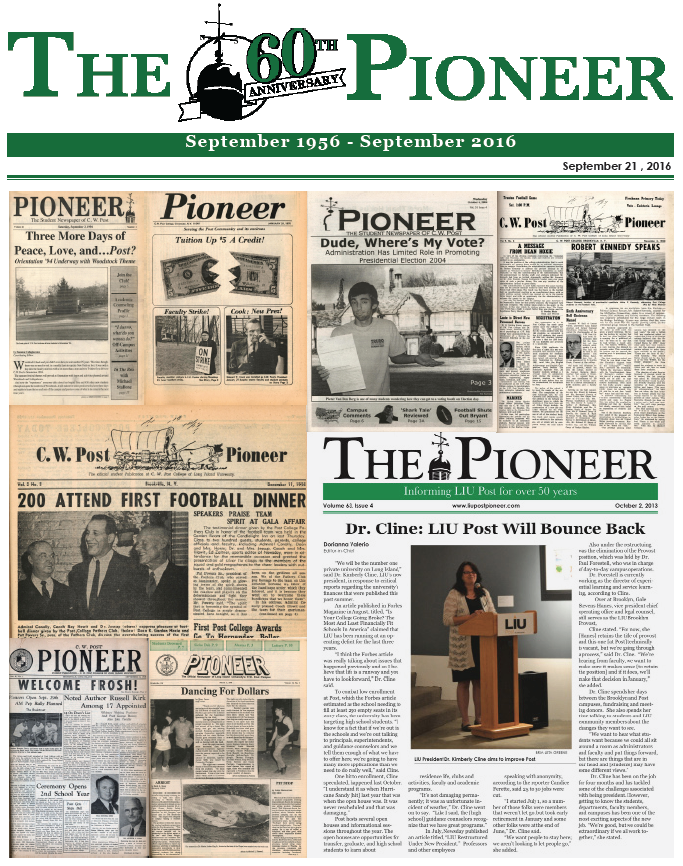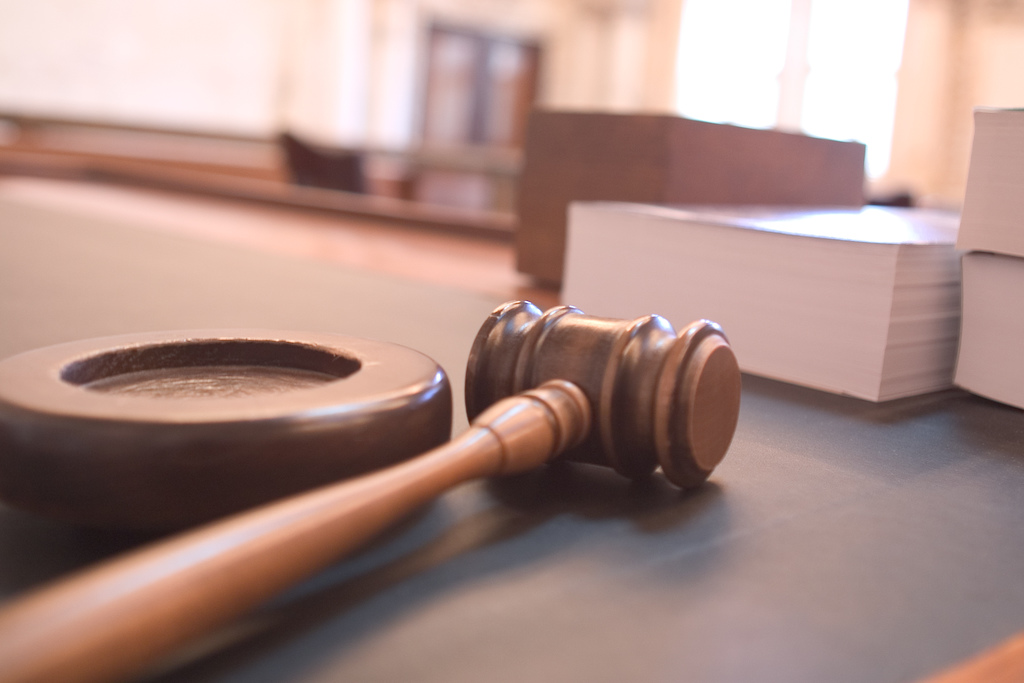
Environmental journalism training ebbs and flows with political fortunes
By Carol Terrracina Hartman
CMR Co-Managing Editor
A professional myth pervades the field of environmental journalism, but likely has some basis in fact: when a Democrat holds the White House, the jobs for environmental journalists evaporate: here come the pink slips. But when a Republican has the White House, it’s major job creation: every media outlet staffs up on environmental and science writers.
The unspoken perception is that the environment is a partisan issue and therefore safe to ignore at certain times, thus requiring less reporting. What that says for journalists, is that it becomes harder to report and publish on environmental issues because editors and media outlets perceive that the environment is “safe”: a crisis can’t occur.
Ethical issues aside, where does that leave undergraduate science writing programs? If opportunity to report potentially ebbs and flows every four years, how do professors plan curriculum and attract students to the programs?
A panel hosted at the Society of Environmental Journalists conference in Sacramento September 2016, addressed the best practices for teaching science and environmental reporting. A common theme emerged among the speakers: interdisciplinary approach.
 Editor’s Note: This is the second set of links College Media Review is publishing related to Donald Trump’s inauguration, the women’s march, and visits college journalists had with professional journalists while in Washington, D.C. Also included are links from
Editor’s Note: This is the second set of links College Media Review is publishing related to Donald Trump’s inauguration, the women’s march, and visits college journalists had with professional journalists while in Washington, D.C. Also included are links from 


 If you were reading only The New York Times during the 2016 presidential election, you can be forgiven if you held a well-founded belief that Hillary Clinton would win the election by a landslide. On Tuesday, Nov. 8 at 10:20 p.m., Election Day, The New York Times predicted a Clinton victory by 85%, “based on the latest state and national polls.”
If you were reading only The New York Times during the 2016 presidential election, you can be forgiven if you held a well-founded belief that Hillary Clinton would win the election by a landslide. On Tuesday, Nov. 8 at 10:20 p.m., Election Day, The New York Times predicted a Clinton victory by 85%, “based on the latest state and national polls.” Resource for those who want printed volumes of CMA material
Resource for those who want printed volumes of CMA material